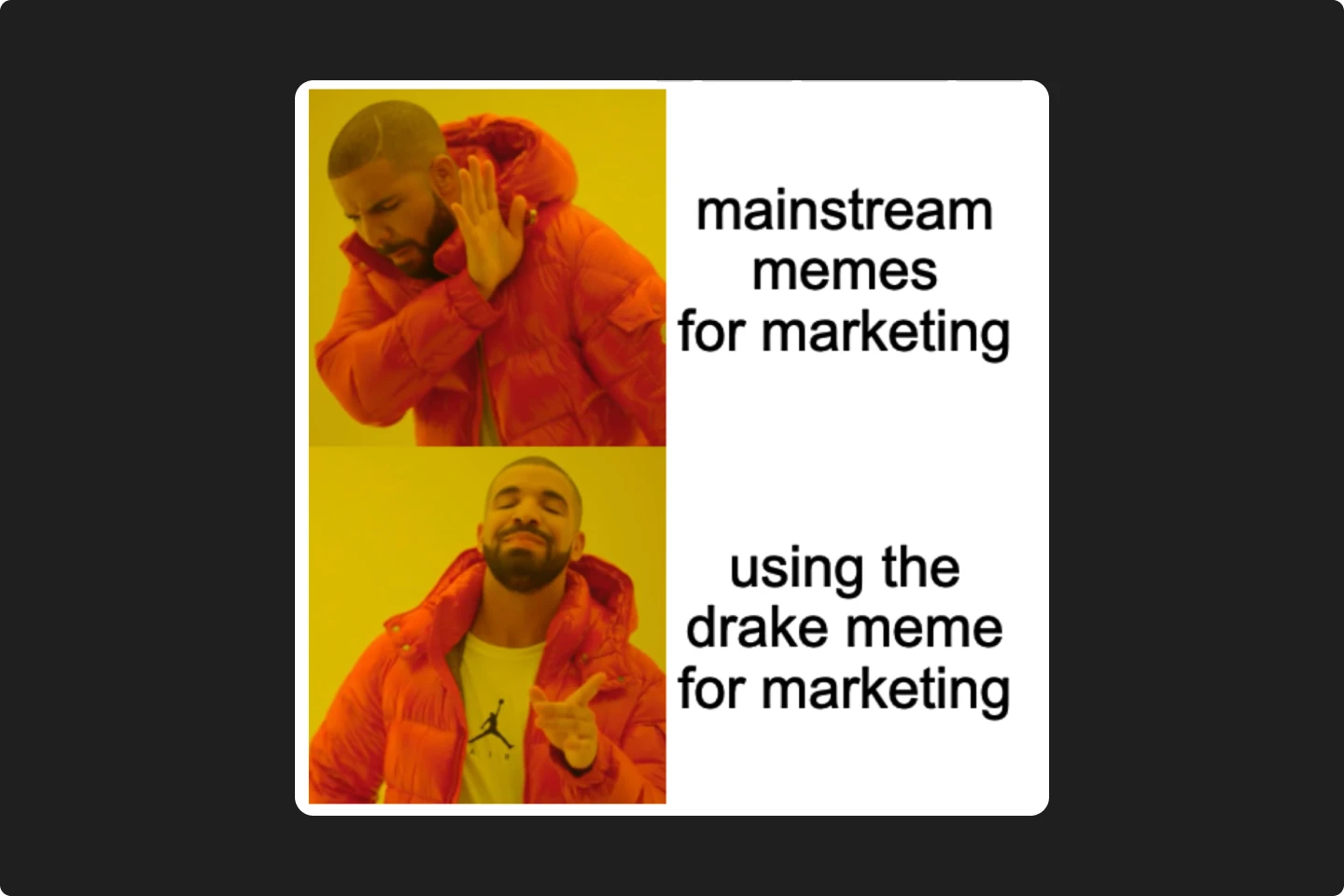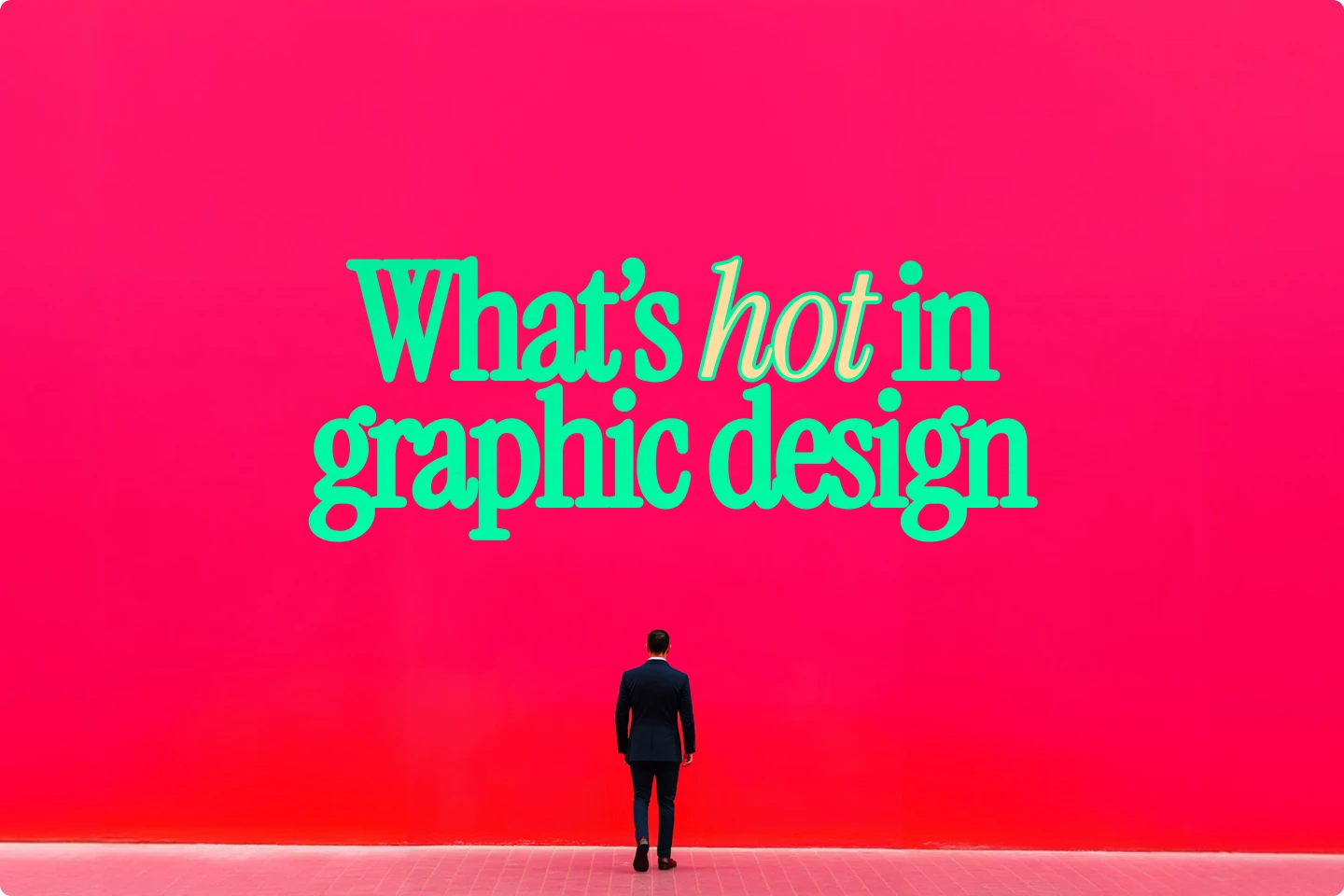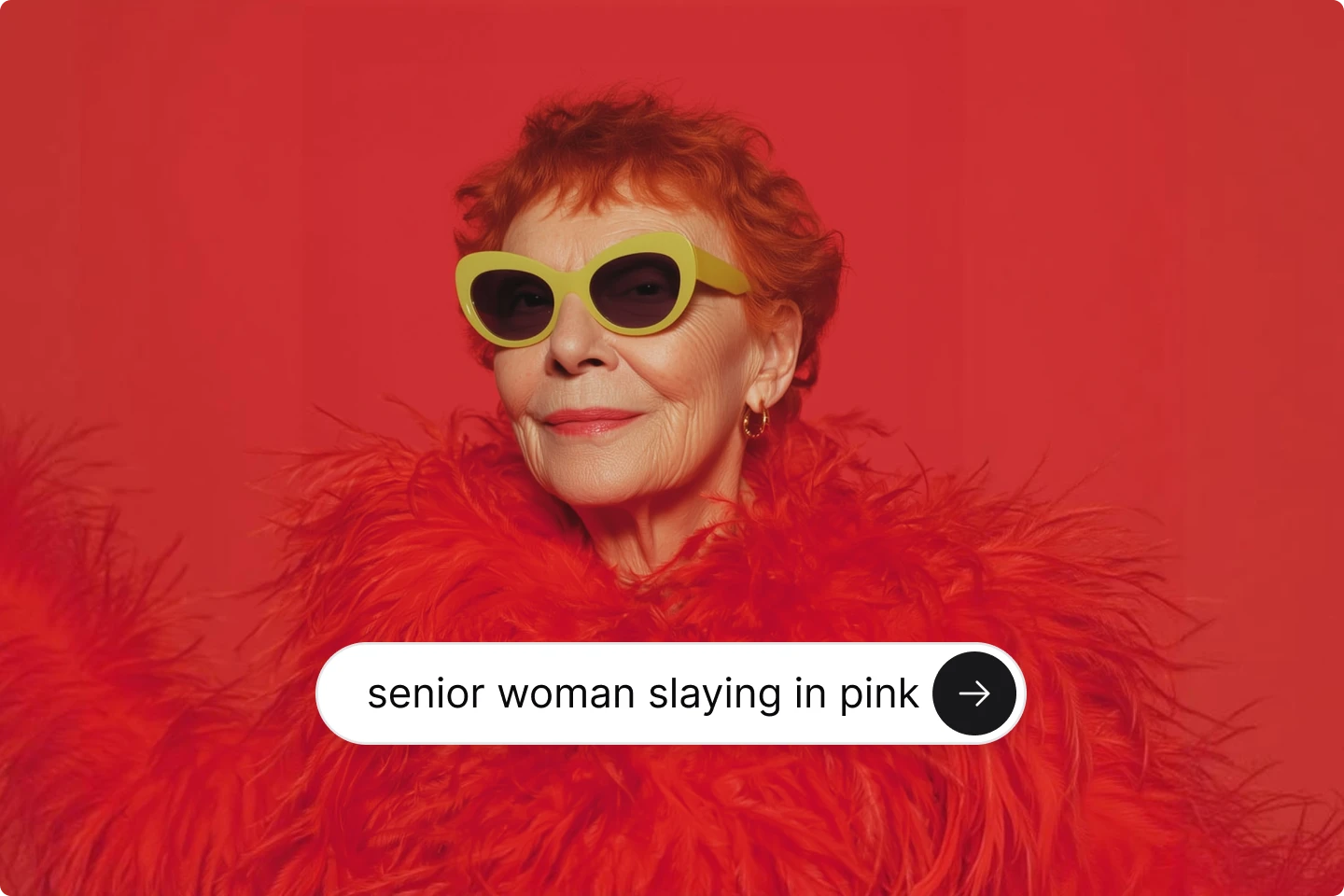Food in fashion ads: the secret ingredient to high-end marketing


Food is showing up in places no one expected like fashion ads, beauty campaigns, and even tech product launches.
It’s not just restaurants and food trucks doing this. Brands and influencers of all types are using food visuals to tell stories, spark emotions, and grab attention fast.
A peace of buttered bread with toasted branding. A garden-ripe tomato next to a perfume bottle. A baguette holding up a luxury shoe. These kinds of images are part of a growing trend where food becomes the hook that pulls people in.
But you might be asking yourself how it’s possible that food works so well in visual storytelling. It boils down to the fact that food is more than just taste. It connects to memory, comfort, culture, and mood, and a delicious bite of your favorite meal can conjure up millions of emotions in a nanosecond.
In this blog post, we’ll explore how food ads are changing the way brands connect with audiences, and why this delicious trend is just getting started.
Why food ads are stealing the spotlight
Take one look at your Instagram feed and you’ll see it. A stream of people posing with iced matcha lattes, pancake stacks, and melty popsicles sitting right next to lipsticks, handbags, or skincare jars.
This is all part of a larger shift in how brands and people approach marketing and branding strategies.
That’s because food triggers multiple senses. A photo of melting cheese or a shiny glazed donut creates a craving and sparks a feeling, and that feeling is exactly what modern marketing campaigns are chasing.
With the right food item in the shot, brands instantly tap into memory, mood, and appetite all at once.
That kind of impact makes food one of the most powerful tools in today’s ad campaigns.
The psychology of food in marketing
A gooey cookie might remind someone of baking with their grandparents. A swirl of caramel might bring back the feeling of a favorite dessert. These emotional moments happen fast, often before we even realize it.
Marketers call this emotional recall. And it’s gold when you want people to connect with your product fast.
When brands and creatives use food as a visual tool, they’re trying to reach us on a human level. And if you can connect like with us the audience on this level, then the brand builds one of the most important things of all: trust.
In short, food speaks a language we all understand. And when marketers combine food with creativity, it makes their message even stronger.
These kinds of visuals stick in our minds. That’s the power of using food in smart marketing strategies and well-designed marketing campaigns.
Gen Z and the rise of status snacks
One of the main things that's causing this cullinary movement is how younger generations started using it in their socials.
Food is not just eating, but instead it's also about showing off your taste, your trendiness, and your aesthetic that matches what you’re munching.
These are the new luxury signals, and smart brands are paying attention. The more you pay attention, the more you will see design trends shift hand-in-hand with food trends.
Why food is so effective in marketing
Let’s break it down into the real reasons food advertisements are working across industries.
1. Tapping into all the senses
You can’t smell or taste through a screen. But the right photo can get you pretty close.
A slow-motion drizzle, a buttery tub of fluffy popcorn, or a close-up of flaky pastry layers pull viewers in. They stimulate the mind to make you think of touch, smell, and feel in a way that makes the image feel truly immersive.
2. Emotional triggers
A big part about the senses that food triggers is that they are connected to specific memories.
These lightbulb flashes in your mind of your grandmother’s special chocolate cookies, or your father’s famous New York strip steak bring out the deepest emotions. And, tapping into these emotions creates an immediate connection to what you’re looking at.
3. Built-in aesthetic
Food comes in colors, textures, and forms. A frosted cake gives you pastels and curves. A sushi roll gives you structure and pattern. A glass of wine gives you shine and clarity.
That makes food extremely flexible as a visual design element. It can be glam. It can be rustic. It can be fun. It can be elite.
4. Cultural capital
Some food imagery taps into specific cultural references or social codes.
A martini means something very different than a boba tea. A peach cobbler brings different emotions than a vegan salad.
Brands can communicate identity without saying a word just by placing the right food in the frame.
5. Humor and shareability
The internet loves the weird. And food lends itself beautifully to quirky combinations.
A stiletto in a cake. A designer bag on a baguette. Lipstick on a hot dog. These visuals get shared, saved, and screenshotted.
And the result is often free, tasty, viral marketing.
Brands using food in marketing
There are all sorts of brands using food in their marketing, but here are some of the most notable examples that you might see on your socials.
Rhode skin: dessert for your face
Hailey Bieber launched a whole aesthetic and vibe to her new skincare brand Rhode.
With terms like “Lip treatment sugar cookie,” Rhode made skincare sound good enough to eat.
Product visuals included actual donuts. Names like “Barrier Butter” made users think less about hyaluronic acid and more about frosting.
The approach worked. The line sold out. And the glazed aesthetic became a viral beauty movement.
Jacquemus: haute butter
Few brands lean into foodie flair like Jacquemus.
The brand’s bread and butter show invites literally involved toast. Campaigns featured purses lounging with lemons or beside sticks of butter stamped with the brand’s logo.
Jacquemus made pantry items feel high fashion. And in doing so, made high fashion feel a little more human.
Skims: diner meets design
Kim Kardashian’s shapewear brand, Skims, made major waves on social media a collaboration with Mel's Diner.
Think milkshakes, pancakes, waffles and all the trappings of a classic diner. Models posed among breakfast staples, and fans could visit a real pop-up diner to eat brunch while shopping the collection.
This wasn’t just a photoshoot. This event turned into a multi-sensory brand moment that made headlines and tons of TikToks.
Prada: café couture
Luxury fashion is no longer limited to the runway. It’s now served with espresso and maccaroons.
Prada’s Bar Luce in Milan is a cinematic café experience. These aren’t one-offs, but instead they’re investments in lifestyle branding.
Fashion brands are turning into hospitality players. And diners are loving it.
The role of AI in food-inspired creativity
It’s surreal, gorgeous, and it’s perfect for catching eyes online. Is it real? No! But that doesn’t matter for creatives who need food to market a different product.
AI also lets marketers build fantasy experiences around food. Imagine scanning a makeup product and seeing it turn into a sorbet-inspired animation that shows how it feels on your skin.
In other words, AI allows creators to build visual moments without needing an expensive team to build the culinary set for a photoshoot.
The final bite
Brands using food in marketing are tapping into something timeless and universal. They’re using food as language, emotion, memory, and design.
Food advertisements are no longer limited to restaurants or snack brands. They're reshaping beauty, fashion, tech, and beyond.
Why?
Because food feels good. It’s familiar, but full of possibility. It’s personal, but shareable. It’s fun, rich, human, nostalgic, and aspirational all at once.
In a world of information overload, food ads cut through the noise. They don’t just say, “Buy this.” They say, “Feel this.”
And in 2025 and beyond, that’s the kind of message that sticks.
How meme marketing became the new storytelling


.webp)



